Medcast news and blog
The four P's of preparing children for procedures
Follow James, a 7-year-old boy scheduled for a tonsillectomy and adenoidectomy, as we explore how the 4 P’s of child preparation – Prepare, Play, Parent, Praise – can be used in day surgery to reduce procedural anxiety, support family-centred care, and improve the overall patient experience
READ ON
Caregiver concern is a powerful predictor of clinical deterioration in children, often surpassing abnormal vital signs. A recent Lancet study confirms its association with ICU admission and ventilation. Integrating caregiver input into assessments, documentation, and escalation protocols can significantly improve early recognition and outcomes in paediatric emergency care.
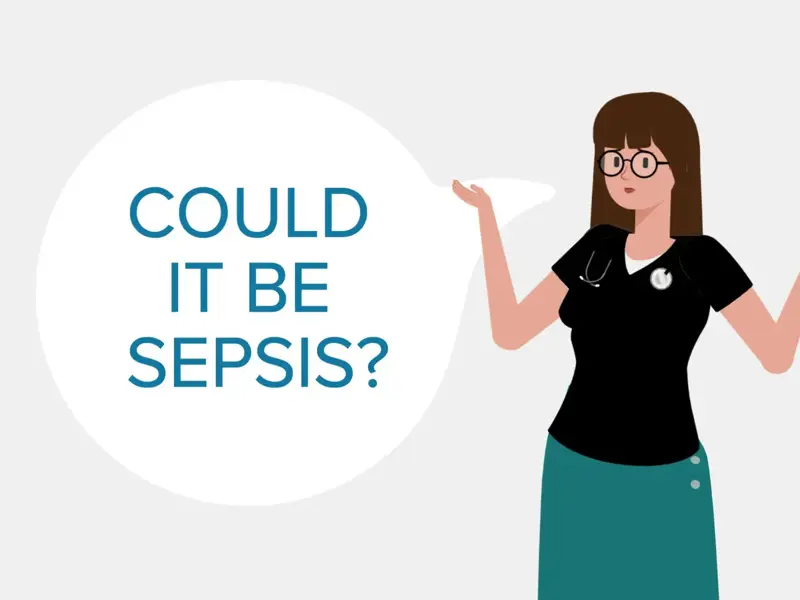
Sepsis is a time-critical medical emergency. The National Sepsis Program urges GPs and primary care clinicians to enhance early recognition and management of sepsis to save lives. This update outlines key actions and available resources to support timely diagnosis and intervention across primary care settings.

Seeking guidance on which courses to prioritise before the CPD year concludes? You're not alone! Essential CPD for Australian nurses covering skills, patient care & standards.
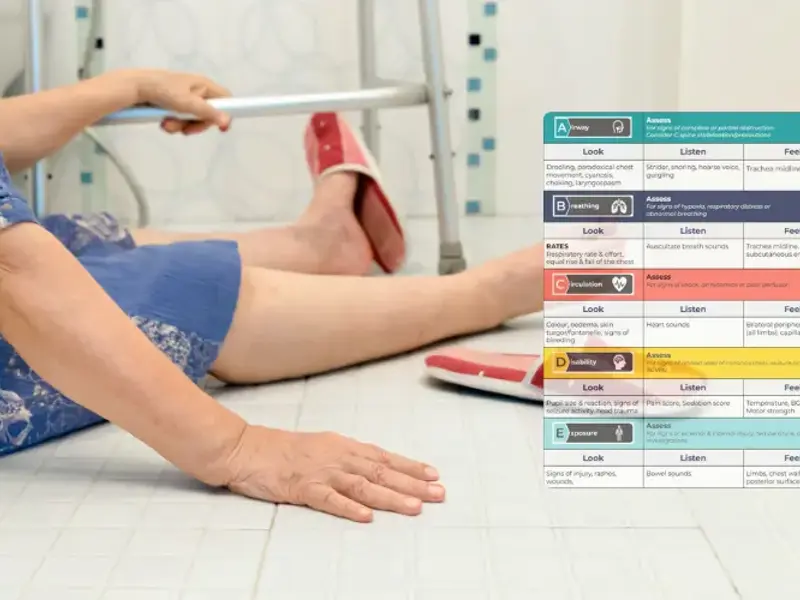
Marjory is a 68 year old in-patient who is 2 days post hip replacement. She is on rivaroxaban (xarelto) for VTE prophylaxis. You find her sitting on the floor of the bathroom, alert but in pain.
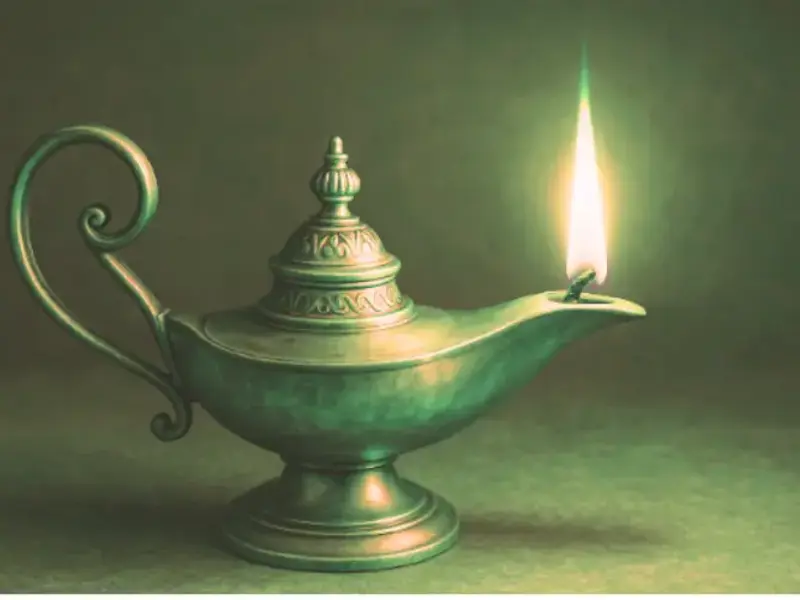
Reflecting on the legacy of Florence Nightingale, we can draw parallels between her reforms and passion and the continued drive and passion of nurses today. The most powerful changes often start with a single spark of curiosity reigniting our purpose and refining our practice as we rediscover the ‘why’
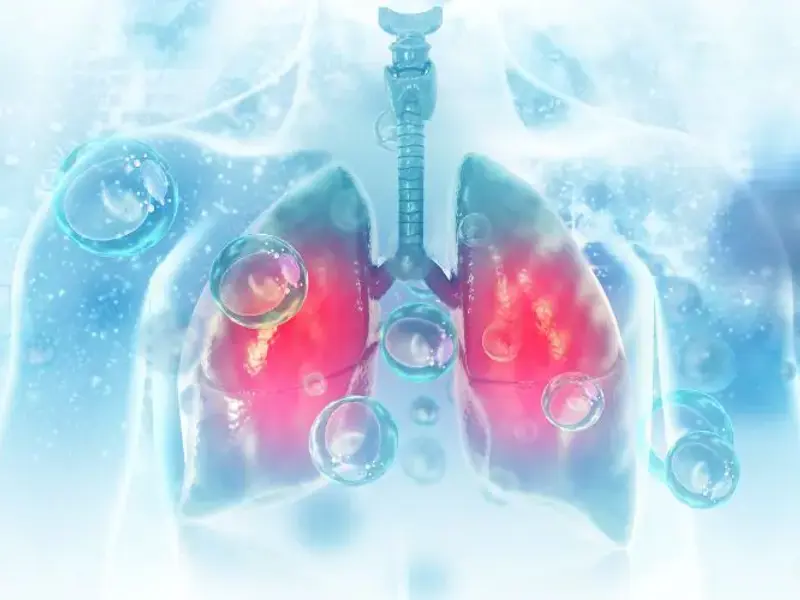
This article explores the risks and management of dynamic hyperinflation in mechanically ventilated patients with status asthmaticus. It outlines causes such as airway obstruction and bronchospasm, and provides strategies for adjusting ventilation settings to minimise gas trapping, support cardiac function, and reduce complications like pneumothorax and systemic hypotension.
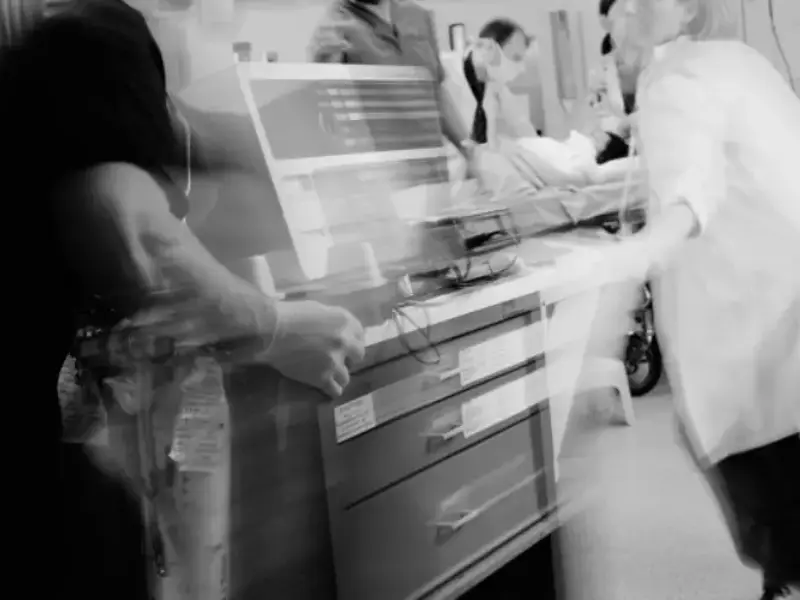
While cardiac arrest is often a rare event, the high stakes nature means we need to be able to respond instinctively, ensuring immediate effective action when it matters most. How do you stay prepared in-between ALS or PALS courses?
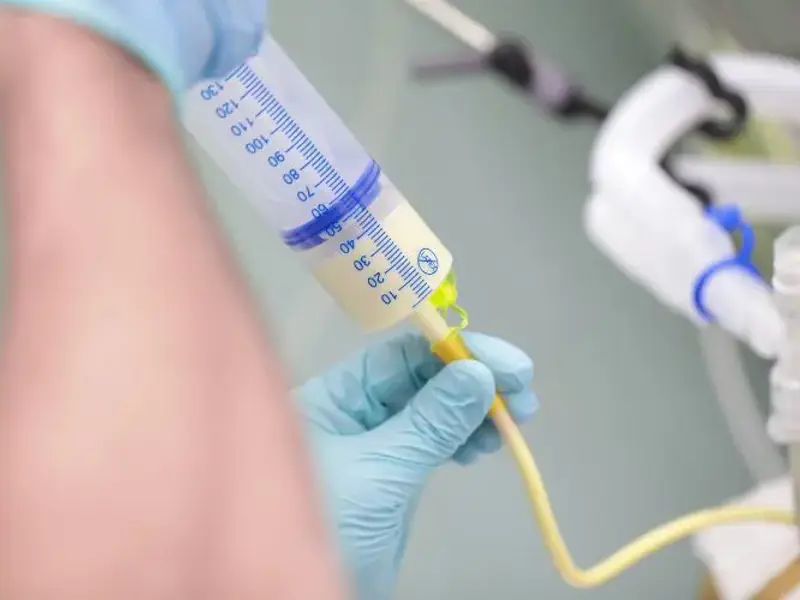
Nutrition plays a vital role in the recovery of critically ill patients. Evidence-based recommendations for patients in the ICU focus on the timing, energy requirement and protein targets as well as the role of micronutrients. The route of administration is not always straightforward and best guided by the patient's clinical needs, indications and contraindications.

This blog provides essential CPR practice tips for healthcare professionals completing online BLS assessments. It emphasises following the DRSABCD flowchart, inflating the training manikin before use, maintaining 100-120 compressions per minute with a metronome or music, and ensuring CPR is only performed on a manikin. A demonstration video is included.
